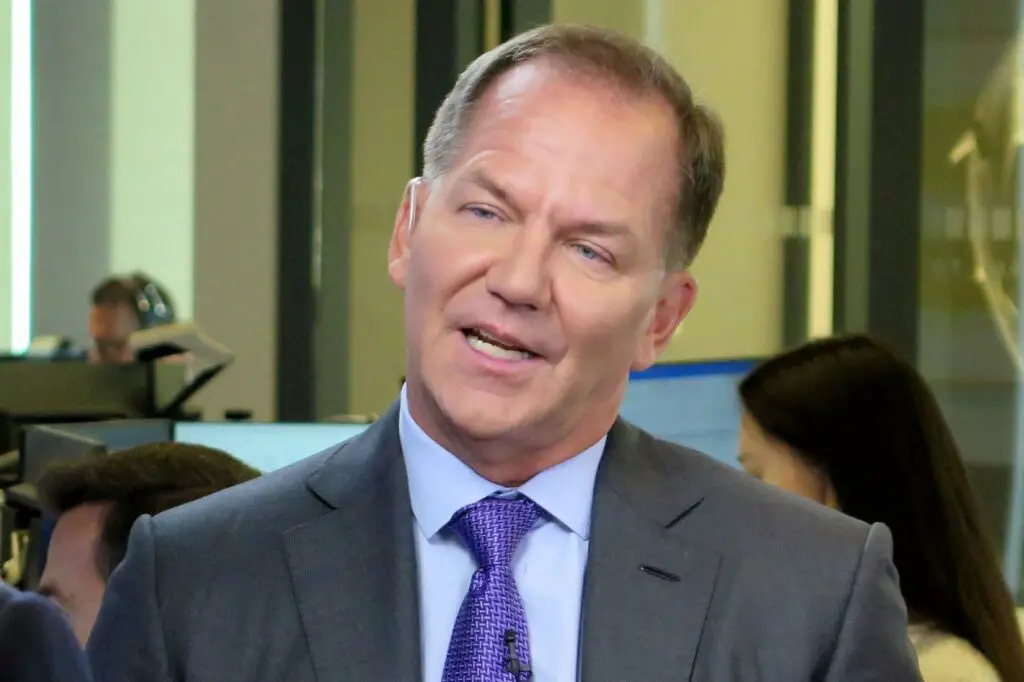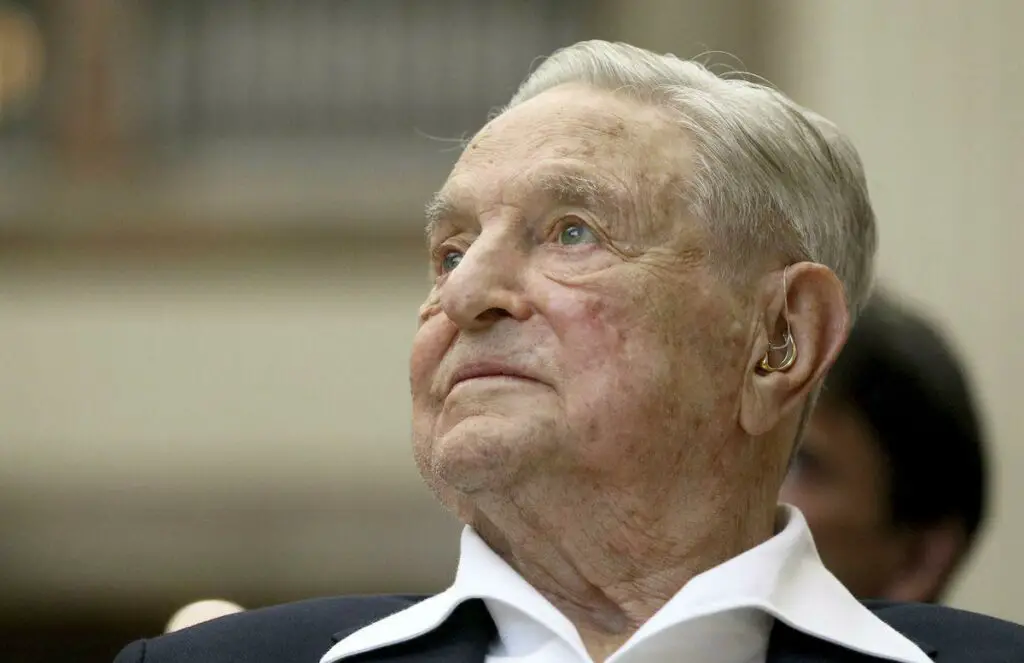The hedge fund industry leverages several investment strategies to earn exceptional returns, and global macro is one.
Global macro is a top-down investment approach that focuses on macroeconomics in the global economy. The analysis dives deep down into smaller segments of the global economy and studies regional and national interrelationships. The global macro style of investing traces its roots in economist John Maynard Keynes’ macroeconomic principles formulated a century ago.
Global macro analysis focuses on fundamental data points such as GDP, inflation, and rate policy at the representative Central Bank. But, it also looks at the political landscapes and possible shifts in these economies to project their impact on the global macroeconomic scene. Global Macro trading also has several other advantages, such as helping investors to identify long-term trends and market opportunities across the asset classes.
One of the most intriguing parts of a global macro strategy is its deep focus on systematic risk, which is one such factor that is likely to impact other trading strategies in some form or other.
Let’s look at the evolution of the global macro strategy of hedge funds and the events that contributed to it.
1969: Commodities Corporation Was Founded
One of the earliest companies to adopt a global macro style of investing was the Commodities Corporation.1 Founded by Helmut Weymar and Amos Hostetter Sr with $2.5 million of capital in 1969, Commodities Corporation aimed at capitalizing on global macro trading opportunities in physical commodities. Still, it later branched out to other futures such as currency.
The firm attracted a lot of attention after it successfully bet against the market in 1980. Commodities Corporation partnered with Paine Webber Jackson & Curtis and launched the $23 million investment Princeton Futures Fund for US investors in 1981.
In 1997, Commodities Corporation was acquired by Goldman Sachs for an amount estimated to be more than $100 million. The company had close to $1.8 billion in assets under management at the acquisition time.
1987: Paul Tudor Makes A Fortune Through Global Macro Strategy
Paul Tudor Jones, a macro hedge fund manager, predicted the collapse of the equity markets in 1987 and made a fortune out of it.2 Jones was a commodities trader in the cotton pits in 1976 before venturing into global macro trading and founded his hedge fund, Tudor Investment Corp, in 1980.

Though the markets seemed buoyant in 1987, Tudor Jones began to identify that the stocks were significantly overvalued. Tudor and his colleague Peter Borish spent long hours studying graphs of the 1929 Wall Street crash, analyzed historical market data, and compared the situation of the 1987 market with that of 1929 before the crash.
Two weeks before the market crash in the October of 1987, the Tudor Investment Group traded aggressively against the market as the rest of Wall Street remained oblivious. The Dow Jones plunged 22% in a single day, while Tudor Jones pocketed $100 million in profits.
1990-2000: Global Macro Volatility
In the 1990s, a few prominent fund managers dominated Global Macro. These fund managers placed leveraged directional bets, which led to highly volatile returns.3 However, since the beginning of 2000, the investors demanded institutionalized hedge fund managers. Thus assets flowing into these Global Macro funds adopted a more disciplined framework and risk management. This translated into subdued but stable returns for the global macro sector.
1992: George Soros Short-Sold The Pound
In September, George Soros used a macro hedging strategy and made $1 billion in a single-day gain by short-selling the Pound Sterling. England was a part of the European exchange rate mechanism (ERM), wherein other countries pressured it to devalue the pound. After resisting a lot, England eventually floated its currency, and the pound’s value plunged.

Soros used leverage to take a $10 billion short position on the pound to make a profit of $1 billion. The trade is seen as one of the greatest in the history of hedge funds, and Soros is popularly known as “the man who broke the Bank of England. According to LCH Investments, Soros Fund Management generated more than $43 billion in profits.
1994: Astor Asset Management Was Founded
Robert Stein Founded Astor Financial, the parent company of Astor Asset Management, based on the premise that macro inputs were critical in determining risk asset price direction.4 The fund primarily leveraged global macro strategies for about 20 years. Some of these strategies include multi-asset and sector rotation. The firm offers income and pure alternative macro products.
1997: Global Economic Policy Uncertainty Index (GEPU)
Global Economic Policy Uncertainty (GEPU) index was launched in 1997. This Index is a GDP-weighted average of national EPU indices for 21 countries: Australia, Brazil, Canada, Chile, China, Colombia, France, Germany, Greece, India, Ireland, Italy, Japan, Mexico, the Netherlands, Russia, South Korea, Spain, Sweden, the United Kingdom, and the United States.6 EPU refers to the contribution of government policymakers to the uncertainty regarding fiscal, regulatory, or monetary policy.
Each national EPU index builds upon the relative frequency of the domestic newspaper articles containing terms related to the economy (E), policy (P), and uncertainty (U). We can also say that each monthly national EPU index value corresponds to the share of own-country newspaper articles that discuss economic policy uncertainty in that month.
2002: Brevan Howard Asset Management Was Founded
Brevan Howard Asset Management was once considered the largest macro hedge fund globally.7 Founded in 2002 by Alan Howard and four others, the fund manages over $10-billion in investor assets as of September 30, 2020.
The firm’s overall strategy focussed on “near-term opportunities” and establishing investment positions for one to six months. As a macro hedge fund, the company aims to profit due to “broad economic trends” while trading several assets such as commodities and currencies.
Credit Suisse Private Bank entrusted Brevan Howard with $2 billion to manage the global macro fund. The company generated a 25% return in 2007, and returns from its global macro fund continued to perform well during the financial crisis of 2008.
Otherwise, in the subprime crisis of 2007-2008, the credit bubble led to a prolonged period of high volatility and illiquidity. Due to this, many global macro funds faced liquidity problems.
2010: Opalesque Roundtable
In the 2010 Opalesque Roundtable held in New York, fund managers discussed global macro, its rising importance, and the transition of investors transition toward global macro strategies.
Hedge Fund manager John Burbank spoke highly of global macro and defined it as “having a reason to be long or short something bigger than a fundamental stock view”.5 On the other hand, DoubleLine Capital characterized macro as a “go anywhere, do anything” strategy which implied that global macro strategy is highly flexible and unleashed several options for the trader, analyst, or investor.
However, some hedge fund managers also opined that keeping up with global macro could be cumbersome because economic events occur across the day, and tracking them could be problematic.
2014: Two Sigma Raised $3.3 Billion For Its Global Macro Fund
In October 2014, Two Sigma raised $3.3 billion for a macro hedge fund in one of the most prominent capital raises since the subprime crisis of 2008.8 The global macro fund aimed to generate returns not tied to the markets. It became immensely popular with the investors’ global macro strategy that included investing in equities, fixed income, commodities, and currencies. The firm primarily uses AI and quantitative techniques to execute its global macro strategy through this fund.
2015: Fortress Investment Group Shut Down Its Global Macro Hedge Fund
2015 was the year when many global macro funds suffered casualties. In October 2015, Fortress Investment Group announced shutting down its flagship global macro fund.9 The macro hedge fund has been one of the world’s worst-performing significant hedge funds this year. Managed by Michael Novogratz, the funds’ assets under management fell from over $8 billion at its peak to under $2 billion as several global macro investors redeemed their money. The Fortress group’s global macro fund bet on interest rates, currencies, commodities, fixed income, and stocks.
2015: Blackrock Closing Global Macro Hedge Fund
In November 2015, BlackRock announced the closure of its macro hedge fund-The Global Ascent Fund.10. It was once a multibillion-dollar fund whose assets under management dropped below $1 billion in 2015. The managers failed to perform in the “macro” hedge category betting on interest rates, currencies, commodities, fixed income, and stocks. At that time, the fund was managed by Paul Harrison. It had $4.6 billion worth of assets in 2013 which dropped 9.4% in 2015.
2016: Global Macro Strategy And Brexit
Global hedge fund activity was rising ahead of the Brexit vote in 2016 when the United Kingdom voted to exit the European Union (EU).11
The global macro hedge funds, confident of Britain leaving the EU, took long positions in safe-havens, such as gold, and short positions against European stocks and the British pound.
Global macro hedge funds that were uncertain about the outcome also took long positions in safe havens and other instruments that payout during market volatility.
The NuWave Matrix Fund, which runs a CTA/systematic macro strategy and makes trading decisions based on historical patterns rather than gut decisions, was up 12%. Another macro manager, Quadratic Capital Management, posted its best-ever returns since it launched in May 2015.
2020: Global Macro Funds And The Covid-19 Crisis
The COVID-19 pandemic saw a mixed performance of the global macro strategies. The systematic macro approach gained 2.64% in 2020 on average, which was much lower than the 5.22% growth of the overall macro hedge fund sector.12
Global macro strategies that leverage computer-based algorithms faced challenges in making sense of the pandemic’s disruptive impact on financial markets during 2020. The economic uncertainty and sporadic lockdowns negatively impacted the AI models’ portfolio positioning.
Global macro hedge funds that performed miserably in 2019 were ready to hit the ground running ahead of the pandemic-led volatility. There were signs that some discretionary macro strategies performed well by the time the coronavirus pandemic was still unfolding. However, historically low-interest rates, central bank stimulus, and more predictable volatility patterns made it challenging for the sector to identify and detect emerging patterns over the past decade.
The Bottom Line
Global Macro has showcased its ability to perform distinctly from other asset classes and withstand volatile market conditions over the years. Today, it is indeed an integral component of a well-diversified portfolio.
However, there has been a change in mindset in recent years. Instead of the conventional fundamental analysis, global macro investors primarily use trading algorithms and systematic investment approaches.
Experts estimate that nearly 7% percent of the $3 trillion worth of global hedge fund investments flow from discretionary investment strategies such as global macro to systematic hedge fund strategies every year. However, the computer-based global macro funds have their limitations too.
Some global macro managers are now taking a quantamental approach combining in-depth fundamental analysis with complex systematic ai-driven strategies.
According to S&P 500, Global Macro is likely to witness a period of solid performance amid various sources of geopolitical, economic, and policy uncertainty and high asset valuations.13